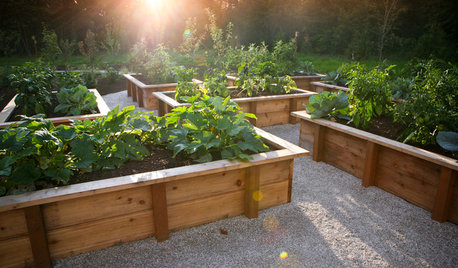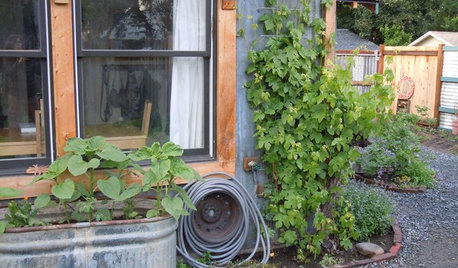Best watering system for raised bed
s_s
13 years ago
Featured Answer
Comments (14)
littleluey
13 years agoRelated Professionals
Bellflower Landscape Architects & Landscape Designers · Hartford Landscape Contractors · Edinburg Landscape Contractors · Galt Landscape Contractors · Lady Lake Landscape Contractors · Merced Landscape Contractors · Methuen Landscape Contractors · Norristown Landscape Contractors · Pleasant Prairie Landscape Contractors · Ringwood Landscape Contractors · Rio Linda Landscape Contractors · Ronkonkoma Landscape Contractors · The Villages Landscape Contractors · York Landscape Contractors · Carol Stream Carpentersthisisme
13 years agogreenthumbjeff
13 years agobargainbabe
13 years agoMaryMcP Zone 8b - Phx AZ
13 years agoet14
13 years agos_s
13 years agomister_gin
13 years agomangledmind
13 years agoyankster
11 years agoMaryMcP Zone 8b - Phx AZ
11 years agonewtoucan
11 years agoazbookworm
11 years ago
Related Stories

GARDENING GUIDESHow to Install a Drip Irrigation System
Save time and water with a drip watering system in your vegetable garden — a little patience now will pay off later
Full Story
FARM YOUR YARDHow to Build a Raised Bed for Your Veggies and Plants
Whether you’re farming your parking strip or beautifying your backyard, a planting box you make yourself can come in mighty handy
Full Story
GARDENING AND LANDSCAPINGRaised Beds Lift Any Garden
From good old-fashioned wood garden boxes to modern metal troughs, raised beds can make any landscape space look great
Full Story
HEALTHY HOMEHow to Choose a Home Water Filtering System
Learn which water purification method is best for your house, from pitchers to whole-house setups
Full Story
LANDSCAPE DESIGNLandscaping Tricks to Manage Stormwater Runoff
Help rainwater absorb slowly back into the earth with paving grids, gravel beds and other porous systems
Full Story
GARDENING GUIDES8 Materials for Raised Garden Beds
Get the dirt on classic and new options for raised vegetable and plant beds, to get the most from your year-round garden
Full Story
GARDENING AND LANDSCAPINGBuild a Raised Bed to Elevate Your Garden
A bounty of homegrown vegetables is easier than you think with a DIY raised garden bed to house just the right mix of soils
Full Story
LANDSCAPE DESIGNDitch the Ordinary Ditch: Create a Realistic Dry Creek Bed
Here’s how to turn your water runoff system into an eye-catching accent for your landscape
Full Story
GREAT HOME PROJECTSHow to Add a Radiant Heat System
Enjoy comfy, consistent temperatures and maybe even energy savings with hydronic heating and cooling
Full Story
GARDENING GUIDESEdible Gardening Essentials: Tips for Traditional Hand Watering
Save the expense and hassle of a complicated garden system with a simple watering can or inexpensive hose add-ons
Full Story







kingkongos